Up Next

There’s always endless talk from Formula 1 drivers and teams about analysing the data to understand their problems and improve the car for the next day. But does that really work?
This year, with the first two free practice sessions cut from one-and-a-half hours to 60 minutes, that means 33% less running time on day one to spend on actual track set-up experiences. This means more has to be done via simulation or back at base with people like Anthony Davidson putting in the miles in the Mercedes driver-in-the-loop simulator.
This is all hidden from the viewing public, who really just want to see their heroes and favourite teams driving around the tracks in reality.
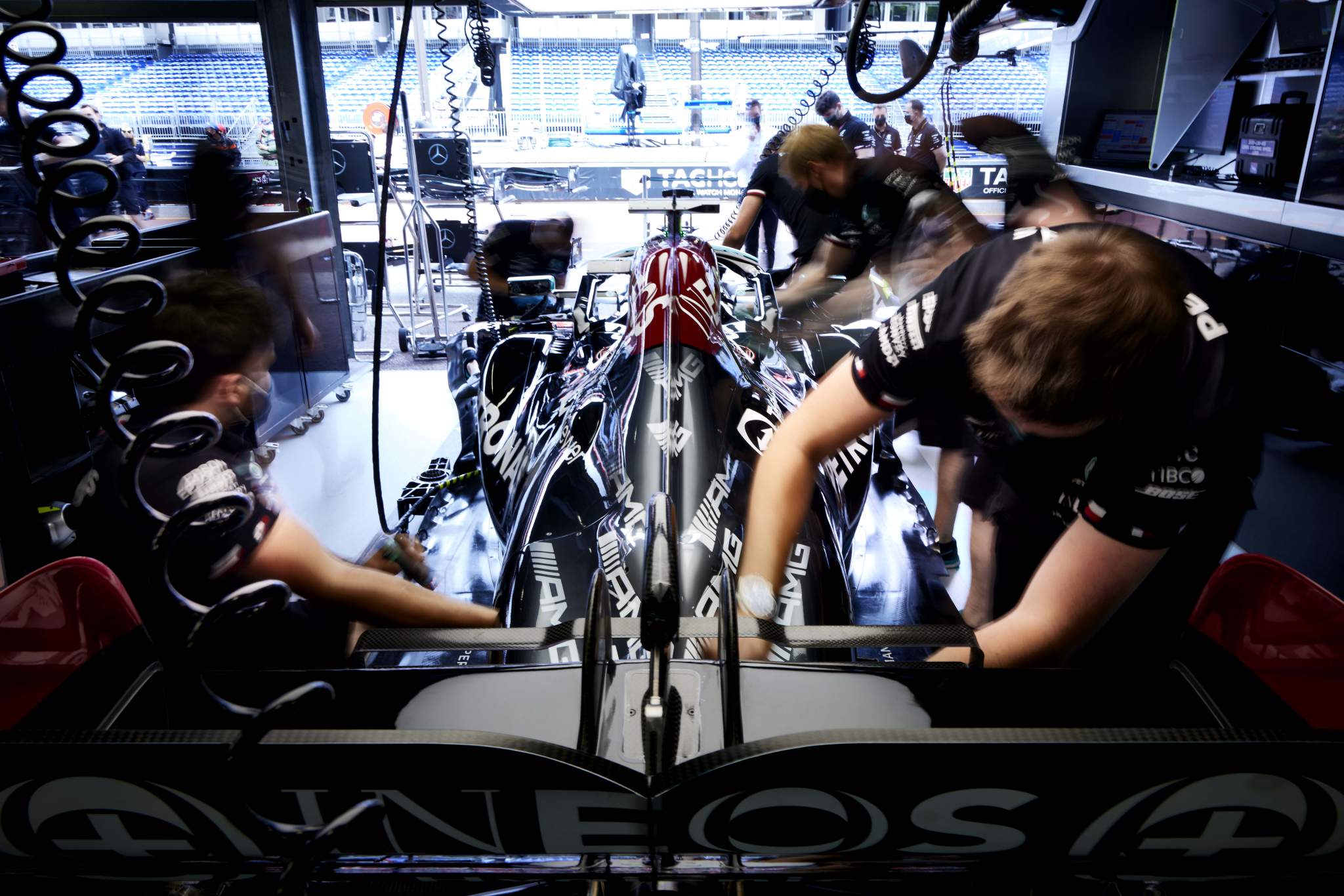
For a driver to be running fifth, eighth, 12th or whatever one day and up front the next day without understanding where the improvement came from is confusing for most.
Yes, it can be for many reasons like fuel load, engine modes etc, but it can also be because the backroom people have been burning the midnight oil and came up with a better set-up. Again, that’s all invisible to the fans.
Wouldn’t it be better if what you see at the track from the start of the first free practice session to the end of the race was all at-the-track development?
In other words, there’s no performance data released to the teams from the black box on the car until after the race. The only data available live would be from safety and reliability sensors.
There has also been talk about going to a two-day weekend to save money, but once again this will simply remove the spectacle from the enthusiast, spectator or viewer and mean the teams would spend even more on being able to come up with solutions away from the track.
I suppose the big question is: does trawling through mountains of data actually help you get the best from the car? I think the answer on normal aero-dominated circuits is yes.
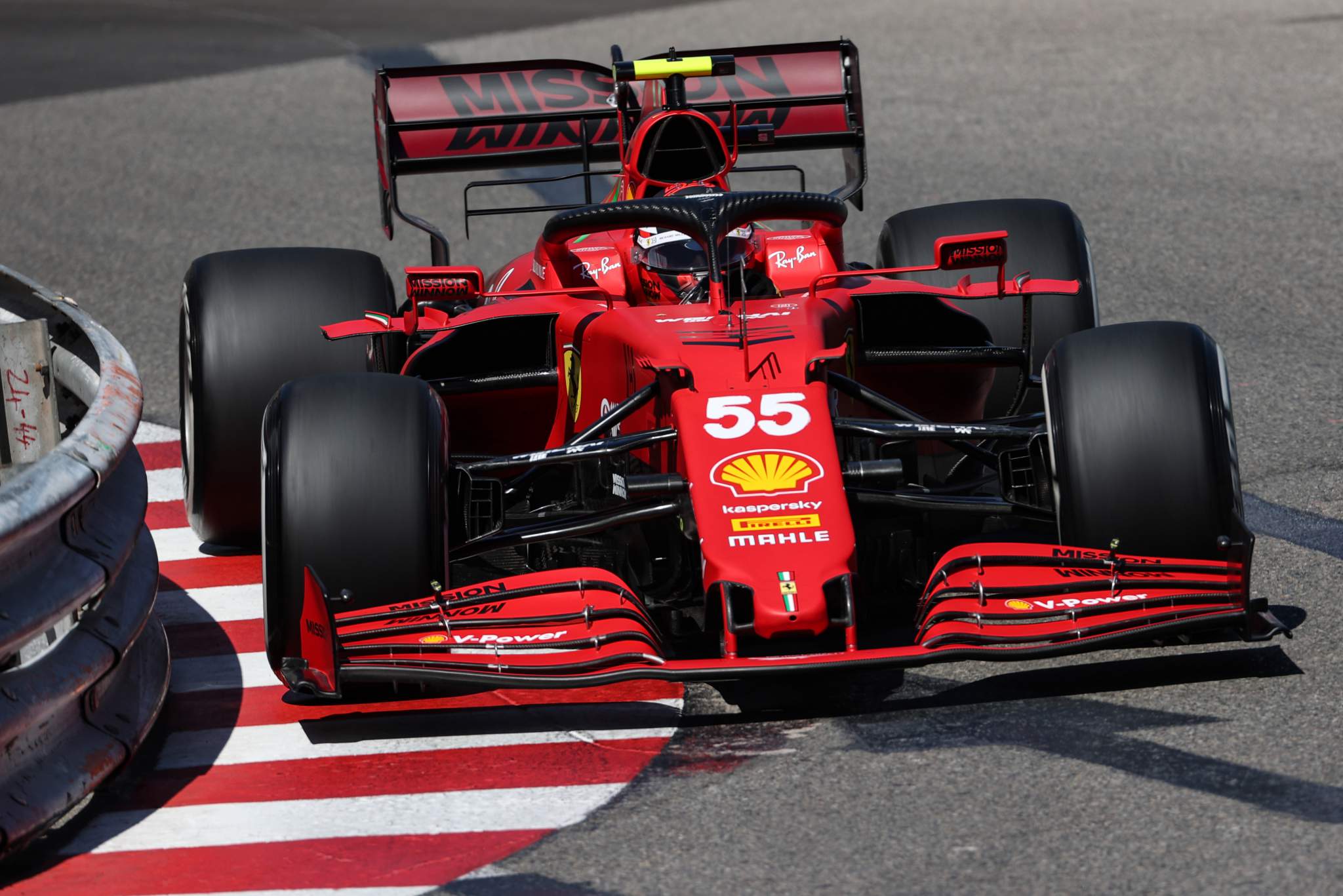
But in Monaco, it is a little bit different. The driver-in-the-loop simulator is good for testing and improving car set-up, but around Monaco a major part of the lap time is driver confidence.
The first day of practice in Monaco is Thursday but I can assure you that what everyone calls a ‘day off’ on Friday is anything but. There was probably more work done on simulators on that day than any other.
If anything, there was probably too much done. On many occasions, I have found the longer you have the more confused you can get and I suspect a few teams suffered from that in Monaco. I have always found it is more productive to come up with solutions while your problem is still at the front of your thoughts.
So how can we evaluate the progress made over a weekend? I have ranked the teams by order of lap time improvement from the second free practice session to the end of qualifying to see which improved the most.
Yes, this can be influenced by fuel loads, engine modes and many other things, but if it was only down to those variables you would expect the smaller teams to improve by less and the bigger teams to improve more.
After all, they big teams would be the ones with the confidence to run more fuel or be less aggressive on their engines, knowing that when they did turn up the wick the lap time would come a bit easier for them.
There is also track evolution to consider, but that should be the same for everyone – even though it doesn’t always suit everyone as different track temperatures can highlight different problems for each team.
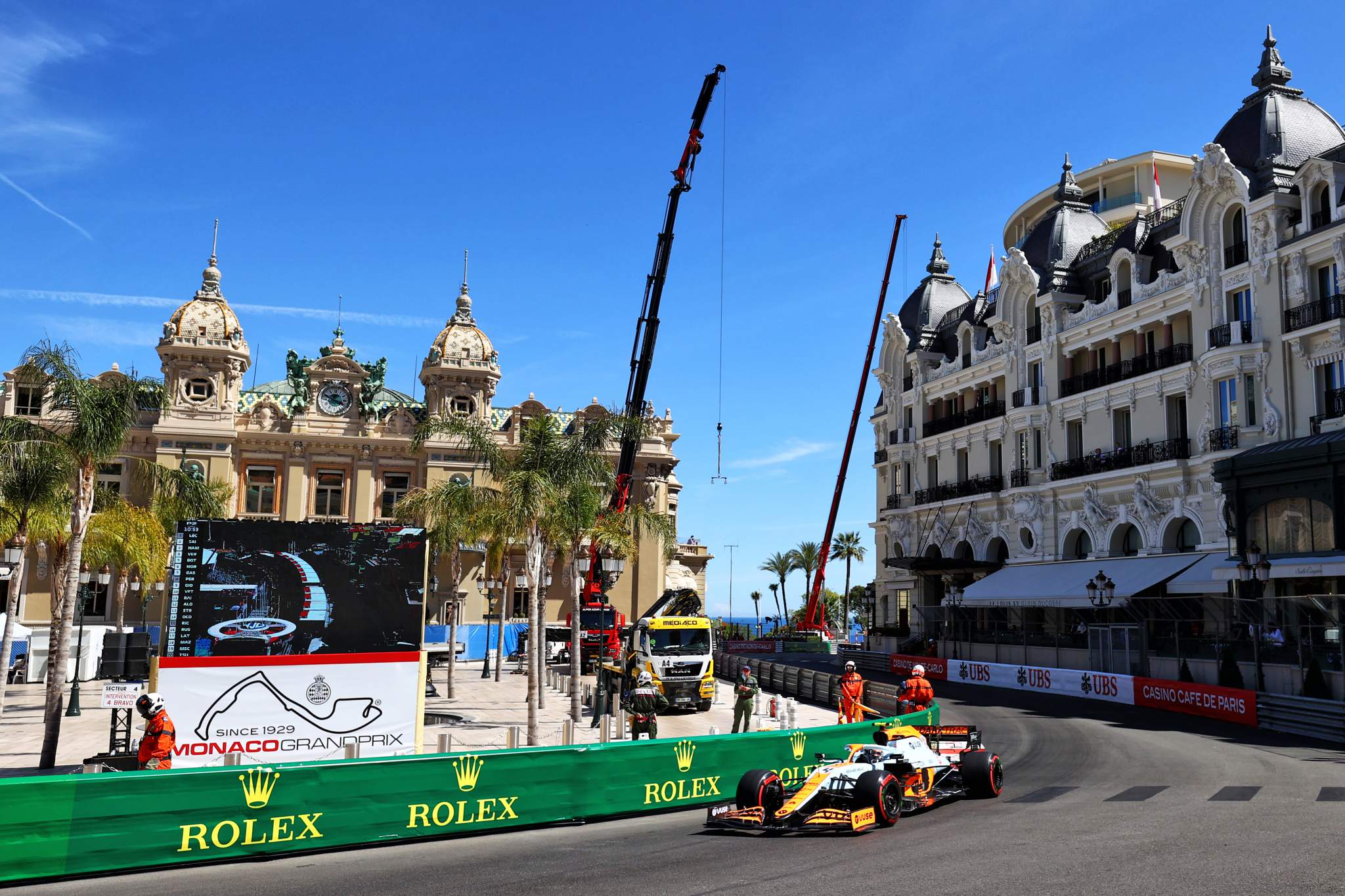
I have used free practice two as a reference because it allows each team and driver the first session to get their eye in or overcome any small problems. This means FP2 is more representative of initial performance.
Every team set their fastest lap during qualifying, with whether it was in Q1, Q2 or Q3 dependent on which session you were eliminated in.
Thursday to Saturday gains in Monaco
1 McLaren -1.759s
2 Alpine -1.689s
3 Williams -1.679s
4 Aston Martin -1.673s
5 AlphaTauri -1.598s
6 Red Bull -1.505s
7 Mercedes -1.473s
8 Haas -1.449s
9 Ferrari -1.338s
10 Alfa Romeo -1.337s
There is only a four-tenths difference in improvement from best to worst. I say ‘only’ but actually that is a lifetime around any track but especially Monaco.
We can also see that the three teams with the least improvement are all Ferrari-engined cars. Is that because they don’t have the same engine modes available, or run less fuel on day one?
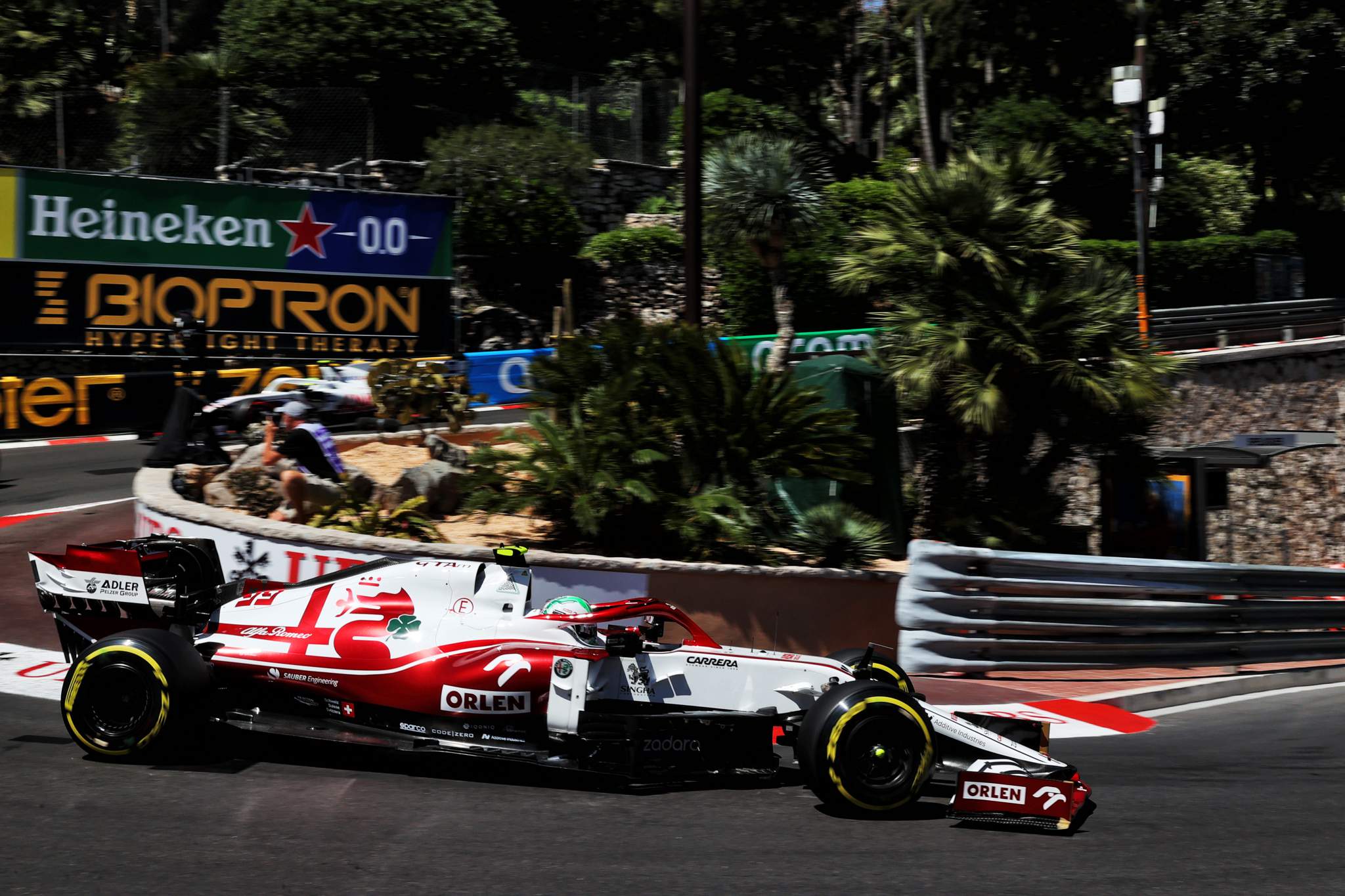
It’s difficult to say, but in Ferrari’s case it was able to keep its pace at the front of the field right through the weekend – although that’s not surprising as Mercedes and Red Bull are not that far ahead in this gains table.
The biggest improvement of the frontrunning teams was made by McLaren. That team, and especially Lando Norris, is very good at looking at the big picture, going about its business in a very professional way. I would not be surprise to see McLaren becoming a real pain in the rear end for Red Bull and Mercedes very soon.
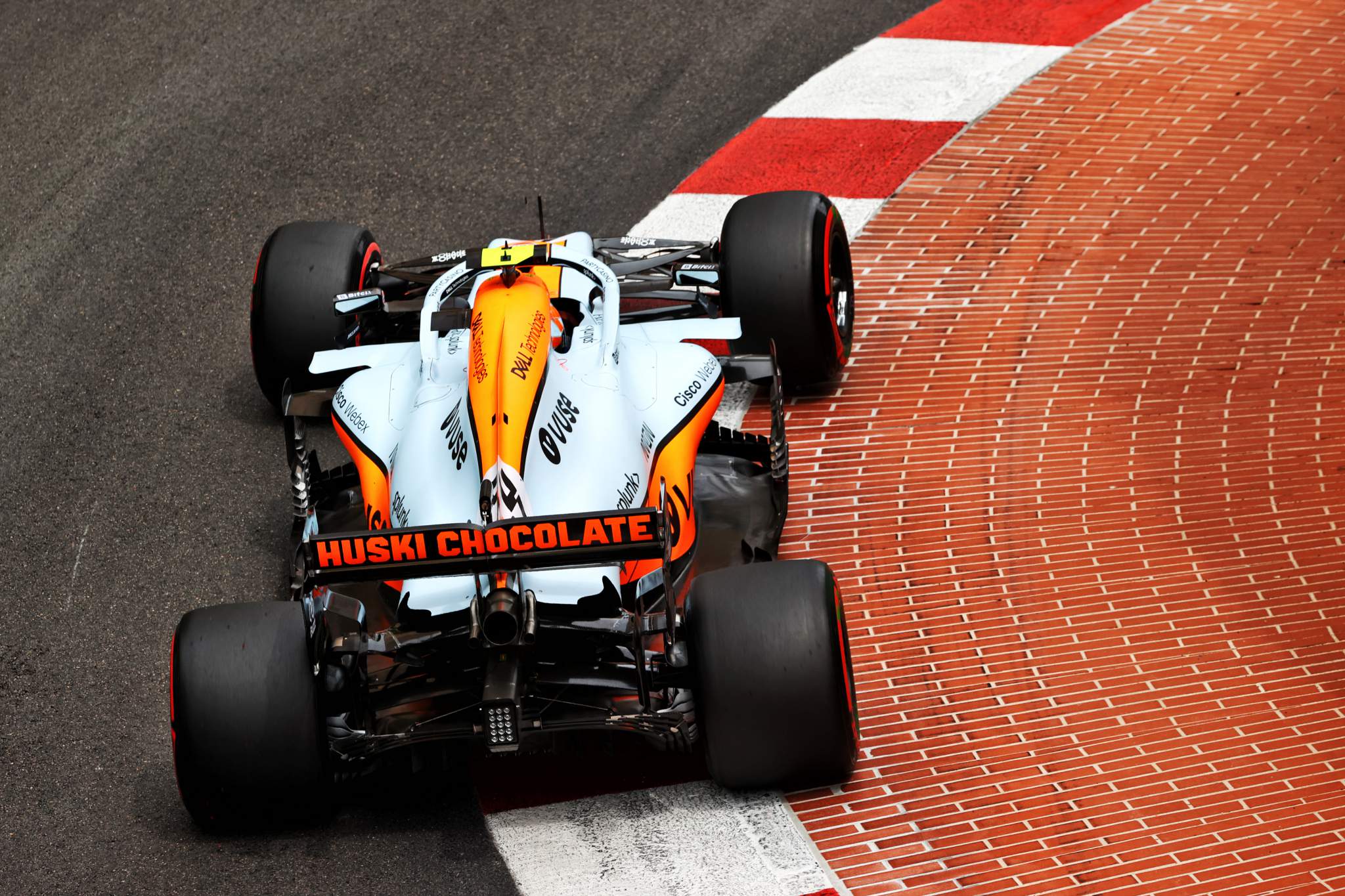
So when it comes to these improvements, is it down to the drivers or the teams? Again, the answer is that it’s a bit of both.
I have used the same lap time improvement methodology to look at the progress of drivers. My philosophy is always that if one driver in the team can perform, than if you are in F1 the other driver should be able to do the same time to within a tenth or at most two.
My conclusion is that if both drivers made a similar improvement, then most of that improvement was down to the team. If f it was only one driver that made the improvement, then the other one is the driver with the problem.
We heard lots of comments about not being able to switch the tyres on and while that’s a problem it’s also an excuse. It’s all part of the demands of getting the best out of your package.
Drivers’ Thursday to Saturday Monaco gains
Yuki Tsunoda: -2.733s
Not really a representative improvement as he clipped the wall in the second practice session, so was slower on Thursday than he probably would have been.
Lando Norris: -1.759s
Took the best out of everything the team could give him and looked really at home in Monaco.
Esteban Ocon: -1.713s
Like Norris at McLaren, Ocon took the most out of Alpine’s changes. As a team, it was never really competitive during the weekend but still Ocon gave it his all.
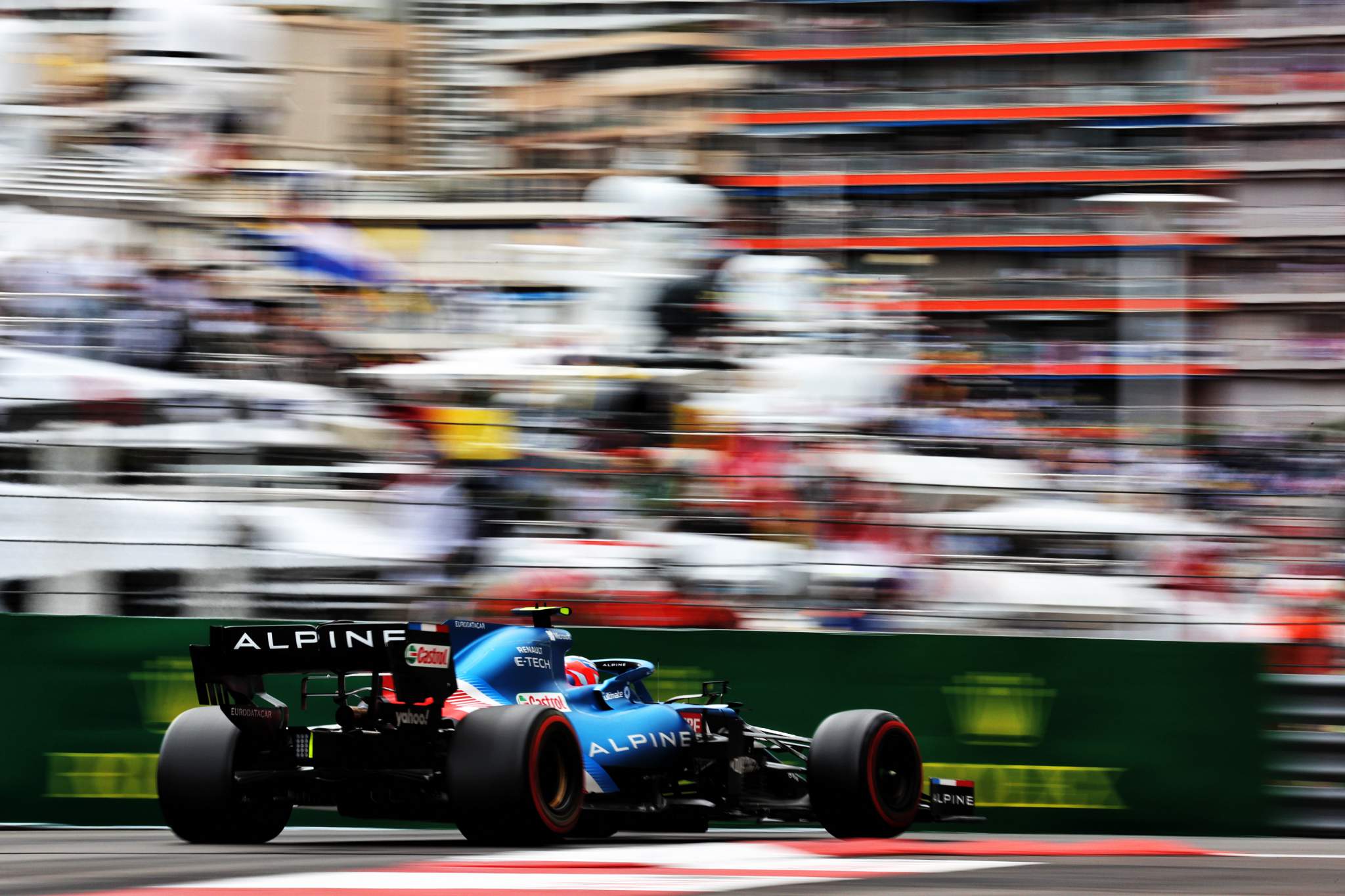
Sergio Perez -1.689s
Perez showed a decent improvement, but was still well off what Verstappen could do with the Red Bull. A better weekend, but he needs to start them better still.
George Russell -1.679s
Russell is excellent at those one-lap specials in qualifying on new tyres. Unfortunately, he falls away in the races too much when the tyres have lost their edge.
Sebastian Vettel -1.673s
This was his best weekend since joining Aston Martin and he was inside the top 10 in most sessions.
Daniel Ricciardo -1.659s
One-tenth less improvement than Norris, which shows the team improved its overall performance even as its drivers fared very differently.
Pierre Gasly -1.598s
A good weekend for Gasly. He is more often than not right in there with whoever is leading the midfield group, but his prospects of getting back in a Red Bull seem very limited.
Lance Stroll -1.595s
Stroll and Vettel improved by a similar amount, so overall it’s a team improvement from Aston Martin.
Valtteri Bottas -1.506s
Bottas got on top of what he had and he had a real shot at pole – or at least a front row start. But he ended up third in the end, which is a fairly normal kind of position for him.
Max Verstappen -1.505s
It’s difficult to know where Verstappen really stands in this discussion. He has huge confidence and is able to wring the car’s neck and get a time out of it whether the balance is good or bad, and is also able to start the weekend strongly.
Nikita Mazepin -1.449s
His first time in Monaco in an F1 car and without a doubt produced the best performance of his F1 career so far.
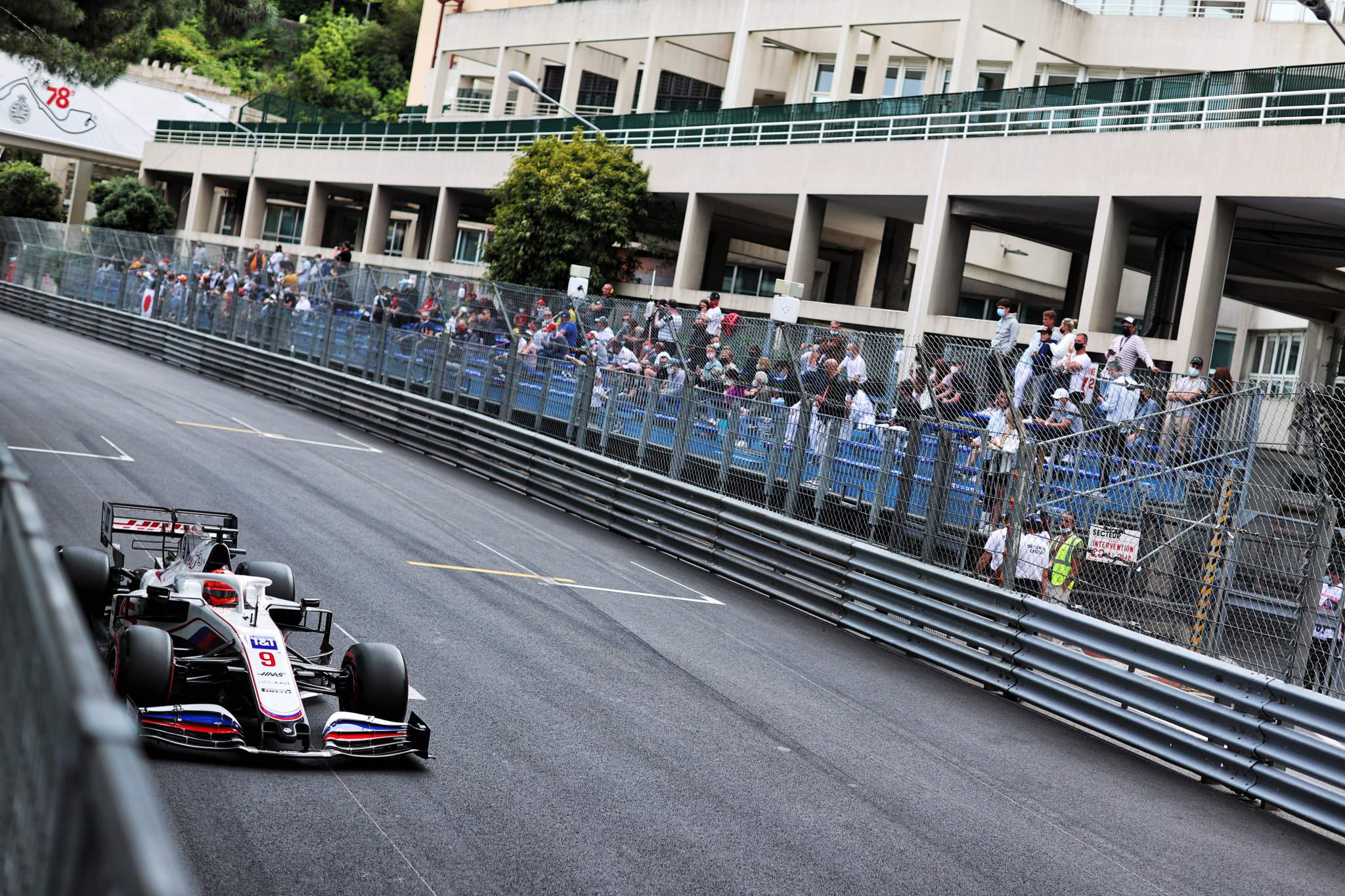
Kimi Raikkonen -1.423s
I don’t know how many laps Raikkonen has done around Monaco, but I’m pretty sure he isn’t going to find a different line somewhere that will bring him much time. He needs the car to improve to find more pace from day to day.
Charles Leclerc -1.338s
Leclerc started strongly and most people thought Ferrari had to be running less fuel or higher engine power. But the Ferraris were still able to hang in there at the front and take pole. Unfortunately, it all came to nothing.
Antonio Giovinazzi -1.337s
A similar improvement to Raikkonen, which shows that Alfa Romeo didn’t bring to much to the show from its day off on Friday.
Mick Schumacher -1.277s
Schumacher crashed at the end of FP3 and didn’t get a chance in qualifying, so his improvement is not really representative as all other fastest times were from Saturday afternoon.
Nicholas Latifi -1.227s
Over four-tenths less improvement than Saturday specialist Russell. This shows that again Williams didn’t get much out of its simulation work over the weekend.
Carlos Sainz Jr -1.185s
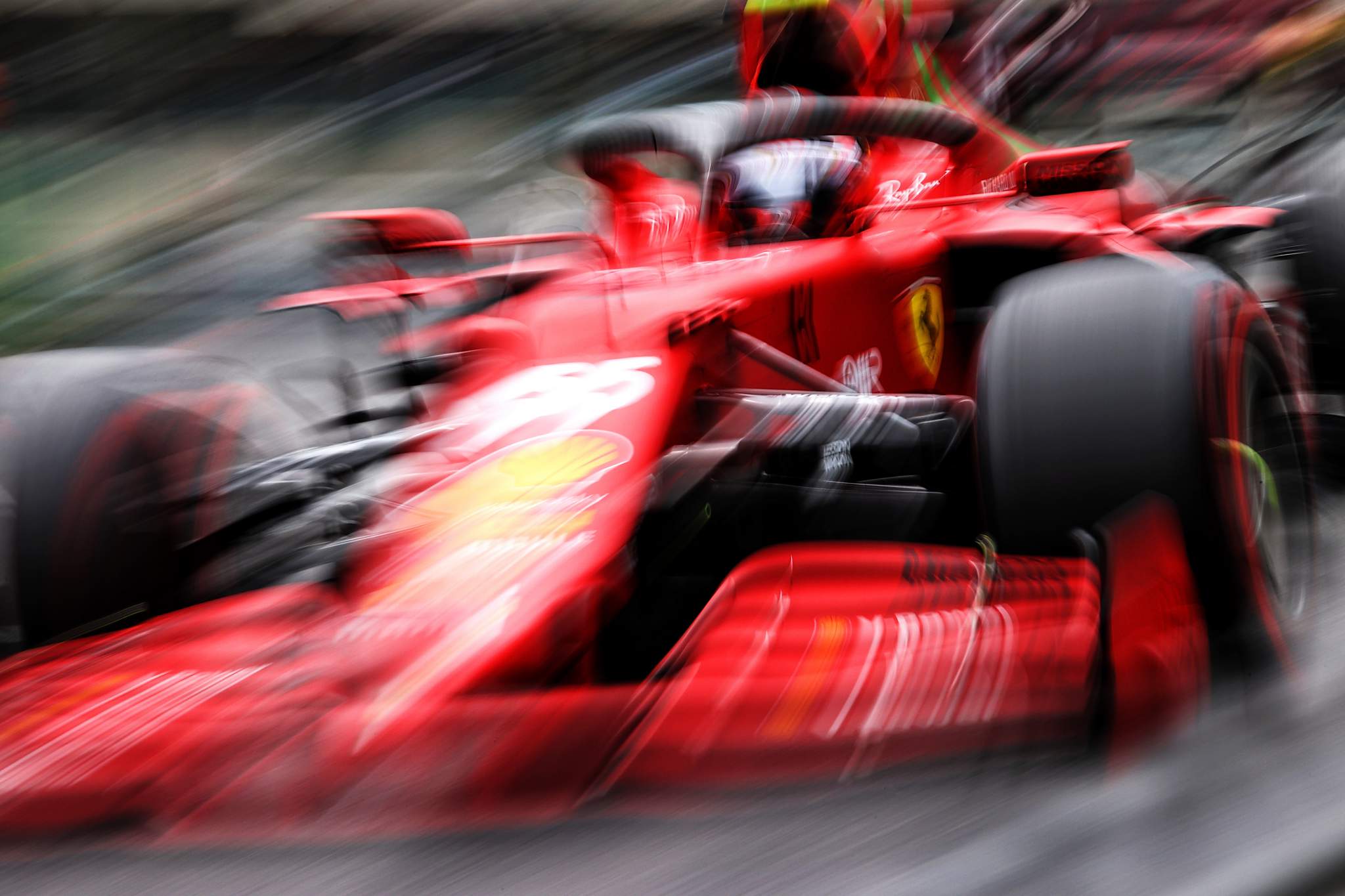
Not quite as good an improvement as Leclerc, but still within that two-tenths that I think is the maximum there should be between two drivers in the same team. Sainz had a shot at a front row start, but was scuppered by the red flag caused by his team-mate.
Lewis Hamilton -0.979s
I suppose this is what this column is really all about. He made over half a second less improvement over the weekend than Bottas, which is a country mile in Monaco and to be honest he never really looked like he was on it from early on.
Normally, he and the Mercedes do quick laps just as routine but not this weekend. He started seventh and after a bit of radio chat about the strategy, finished a disgruntled seventh. I don’t expect this to happen too often but the ‘win together and lose together’ motto took a bit of a battering.
Fernando Alonso -0.970s
Not dissimilar to Hamilton, only worse. His young team-mate Ocon improved by over seven-tenths of a second while Alonso never really looked competitive. The old problem of tyres not in the window came up more than once.
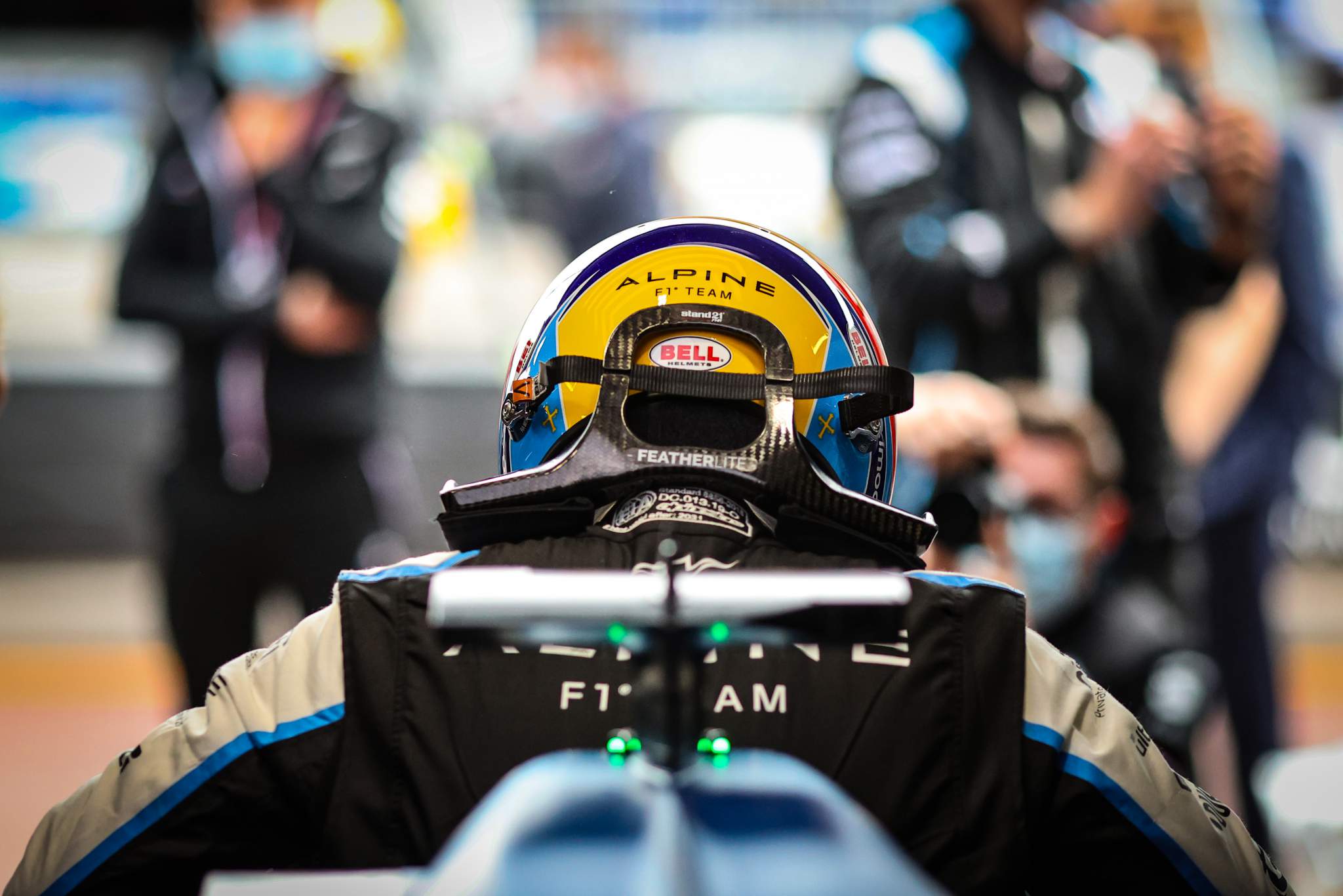
So I wonder what the improvements over the weekend might look like if the teams weren’t able to interrogate bucketloads of data after each run or send data back to base for another bunch of engineers to sift through before trying different set-ups based on that in the simulator?
Would the driver working hand in hand with their engineer bring more to the show by simply reacting to the problems they are suffering rather than relying on all of this work?
I don’t suppose it will ever happen, but it wouldn’t it be a good thing to just test for one race weekend?
And not only would it potentially mix things up, but it would also mean far more of the work is being done in front of those who are watching. And after all, what is F1 without its fans?







